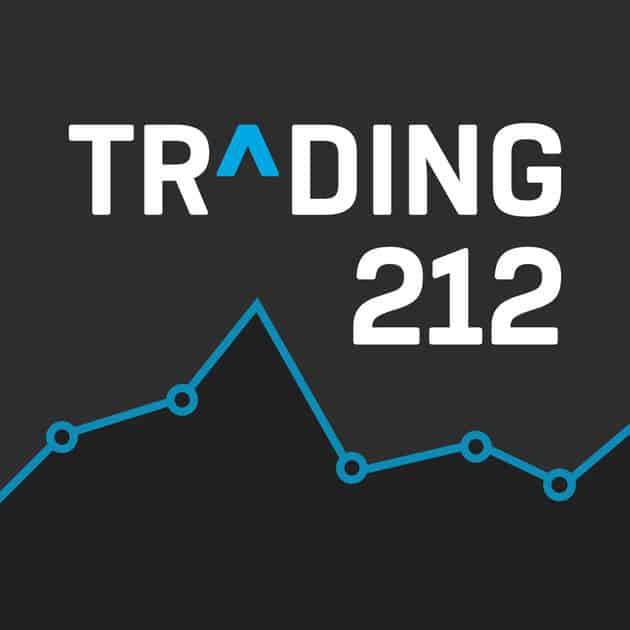The UK pension system is designed to provide financial support for individuals in retirement. It’s mainly divided into three parts: the State Pension, Workplace Pensions, and Personal Pensions. Here’s an overview of the rules and amounts for each:
The State Pension is provided by the government to people who have paid or been credited with enough National Insurance (NI) contributions during their working years.
The amount you receive is based on your National Insurance contributions.
For the 2024/2025 tax year, the maximum Basic State Pension is £176.45 a week. You’ll get the basic State Pension if you’re a man born before 6 April 1951. a woman born before 6 April 1953.
As of now, the State Pension age is 66, but it’s due to rise to 67 between 2026 and 2028, and possibly 68 in the future.
If your income is low in retirement, you may be eligible for Pension Credit, which is an additional benefit for people over the State Pension age.
Most people in the UK are automatically enrolled in a workplace pension scheme by their employer, though you can opt out.
If you’re between 22 and the State Pension age and earn at least £10,000 a year, your employer must automatically enrol you into their pension scheme.
Both you and your employer will contribute to the pension. The current minimum total contribution is 8% of your qualifying earnings. This includes:
A Personal Pension is a pension plan you arrange yourself, usually through a private provider. You can choose how much to contribute and how the money is invested.
There’s an annual allowance of £60,000 (as of the 2024/2025 tax year) on the amount you can contribute to personal pensions and receive tax relief. If you exceed this, you may be subject to tax penalties.
Contributions to pensions usually receive tax relief, which means you get back some of the tax you’ve paid on your income. For basic-rate taxpayers, this means for every £80 you contribute, the government adds £20. Higher-rate taxpayers can claim back more through their tax return.
You can take up to 25% of your pension pot as a tax-free lump sum when you reach the age of 55 (this will rise to 57 in 2028). The remaining 75% of the pension pot is taxed as income when you take it.

Get a FREE fractional share with Trading212
Use promo code: MITM (works within the first 10 days of signing up)
Fractional share worth up to £100. Capital at risk. Terms apply

Get a Welcome Bonus of up to £50 when you invest at least £100 with InvestEngine

Consolidate your Pensions with PensionBee
Keep your pensions all in one place with this simple to use Pension service.
Manage your money better with MoneyMonitor
I personally built this website to allow me to bin my spreadsheets in favour of something a little easier to use. It’s completely free of charge.